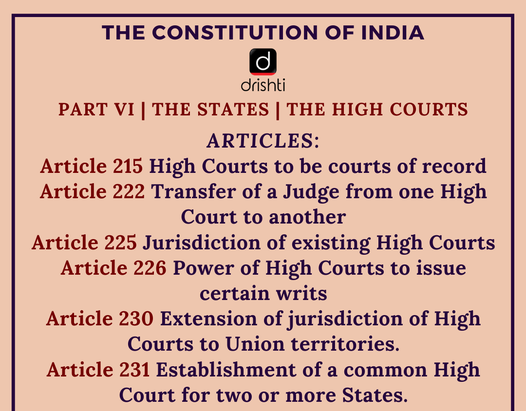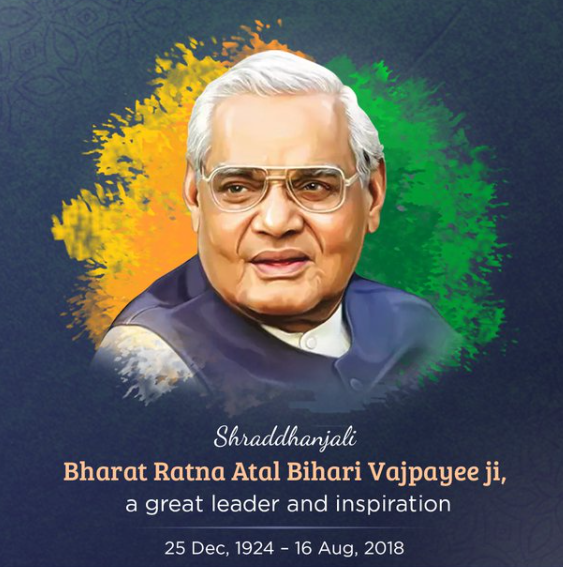Maharashtra Switch to Hindi
India’s First Private Maths Research Institute
Why in News?
India’s first privately funded mathematics research institute, the Lodha Mathematical Sciences Institute (LMSI), was launched in Mumbai.
Key Points
- About: LMSI seeks to apply advanced mathematical techniques, including data science, operations research, machine learning, and optimization, to tackle challenges in infrastructure, healthcare, and economics.
- The institute aims to foster research that transcends academia by addressing real-world issues with mathematical insights.
- Director of LMSI: The institute, supported by the Lodha Foundation and led by renowned mathematician Dr. V Kumar Murty, specializes in number theory and arithmetic geometry.
- Inaugural Course: Dr. Manjul Bhargava, a Princeton University professor and the first Indian-origin recipient of the Fields Medal, will lead an intensive seminar on arithmetic statistics and number theory.
- Future Plans: In the future, LMSI plans to establish the Indian Congress of Mathematics, with the first congress scheduled to take place by December 2026.
- This congress will celebrate the contributions of Indian-origin mathematicians worldwide.
Maharashtra Switch to Hindi
Inauguration of Circuit Bench of Bombay HC
Why in News?
The Chief Justice of India (CJI) B.R. Gavai inaugurated the new circuit bench of the Bombay High Court in Kolhapur, making it the fifth bench of the court.
Key Points
- About: The Kolhapur Bench will include a Division Bench and two Single Benches serving six districts namely, Satara, Sangli, Solapur, Kolhapur, Ratnagiri, Sindhudurg.
- The Division Bench will handle public interest litigation petitions, civil writ petitions, family court appeals, contempt appeals, and civil and criminal matters while the single Bench will hear cases including criminal revision applications, bail applications and other criminal matters.
- Significance: It will improve accessibility for citizens in the Konkan and Western Maharashtra regions.
- Bombay HC Bench Structure: One of India’s oldest Chartered High Courts, it has jurisdiction over Maharashtra, Goa, Daman & Diu, and Dadra & Nagar Haveli. It already has three main benches:
- Principal Bench in Mumbai.
- Regional Benches in Nagpur (Vidarbha) and Aurangabad (Marathwada).
- A separate Bench in Goa.
Process of Establishment of High Court Benches
- Establishment of High Court Benches: Setting up of a Bench of a High Court is considered only if a complete proposal in terms of section 51(2) of the States` Reorganisation Act, 1956 is received from the State Government concerned, including the consent of the Chief Justice of the High Court and the Governor of the State and also if it satisfies the broad guidelines and criteria recommended by the Jaswant Singh Commission.
- The State Government is responsible for providing infrastructural facilities and bearing the entire expenditure of the High Court and its Bench.
- Justice Jaswant Singh Commission: In 1981, a commission was appointed to consider demands for High Court Benches in Western districts of Uttar Pradesh.
- The commission recommended criteria including characteristics of the region, population size, area, means of travel and communication, distance for litigants, pendency rates, infrastructure availability, and legal talent.
- Supreme Court's Position: Decisions should be based on rational, not emotional, sentimental, or parochial considerations.
National Current Affairs Switch to Hindi
Death Anniversary of Atal Bihari Vajpayee
Why in News?
Prime Minister Narendra Modi, along with President Droupadi Murmu and other dignitaries, paid floral tributes to former Prime Minister Atal Bihari Vajpayee on his seventh death anniversary (16th Aug) at his memorial, ‘Sadaiv Atal’, in New Delhi.
Key Points About Atal Bihari Vajpayee
- Atal Bihari Vajpayee: Born on 25th December, 1924 in the erstwhile princely state of Gwalior (now a part of Madhya Pradesh).
- He entered in national politics during the Quit India Movement (1942) which hastened the end of British colonial rule.
- Professional Career: In 1947, Vajpayee started working as a journalist for newspapers of Deendayal Upadhyaya — Rashtradharma (a Hindi monthly), Panchjanya (a Hindi weekly) and the dailies Swadesh and Veer Arjun.
- Later, influenced by Syama Prasad Mookerjee, Vajpayee joined the Bharatiya Jana Sangh in 1951.
- Political Journey: He served as India’s Prime Minister three times (1996; 1998–2004): first term (16th May – 1st June 1996, about 13 days), second term (19th March 1998 – 13th October 1999), and third term (13th October 1999 – 22nd May 2004).
- He was elected nine times to the Lok Sabha and twice to the Rajya Sabha.
- Awards and Recognition: He was conferred with the country's highest civilian honour, the Bharat Ratna in 2015 and second-highest civilian honour, the Padma Vibhushan in 1994.
- As a parliamentarian, Vajpayee was awarded with the Pandit Govind Ballabh Pant Award for Best Parliamentarian in 1994, which defines him as "a role model par excellence for all legislators."
- His birthday is observed as Good Governance Day.
- Demise: A revered former Prime Minister, he passed away on 16th August 2018.
- Key Achievements:
- He launched the Golden Quadrilateral Project, creating a network of four national highways connecting Delhi, Mumbai, Chennai, and Kolkata.
- Through second-generation economic reforms, he liberalized India’s economy, fostering industrial growth and attracting foreign investment.
- He led the nation during the Pokhran Nuclear Tests (1998), which established India as a nuclear power while emphasizing peace and non-aggression.
- He inaugurated Pradhan Mantri Gram Sadak Yojana (PMGSY) in 2000 for better connectivity and transportation in rural India.

.gif)

.png)
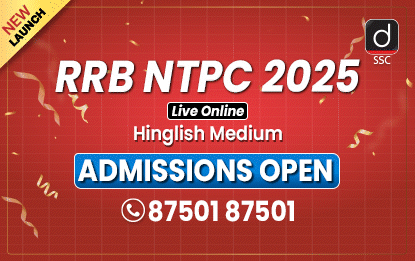




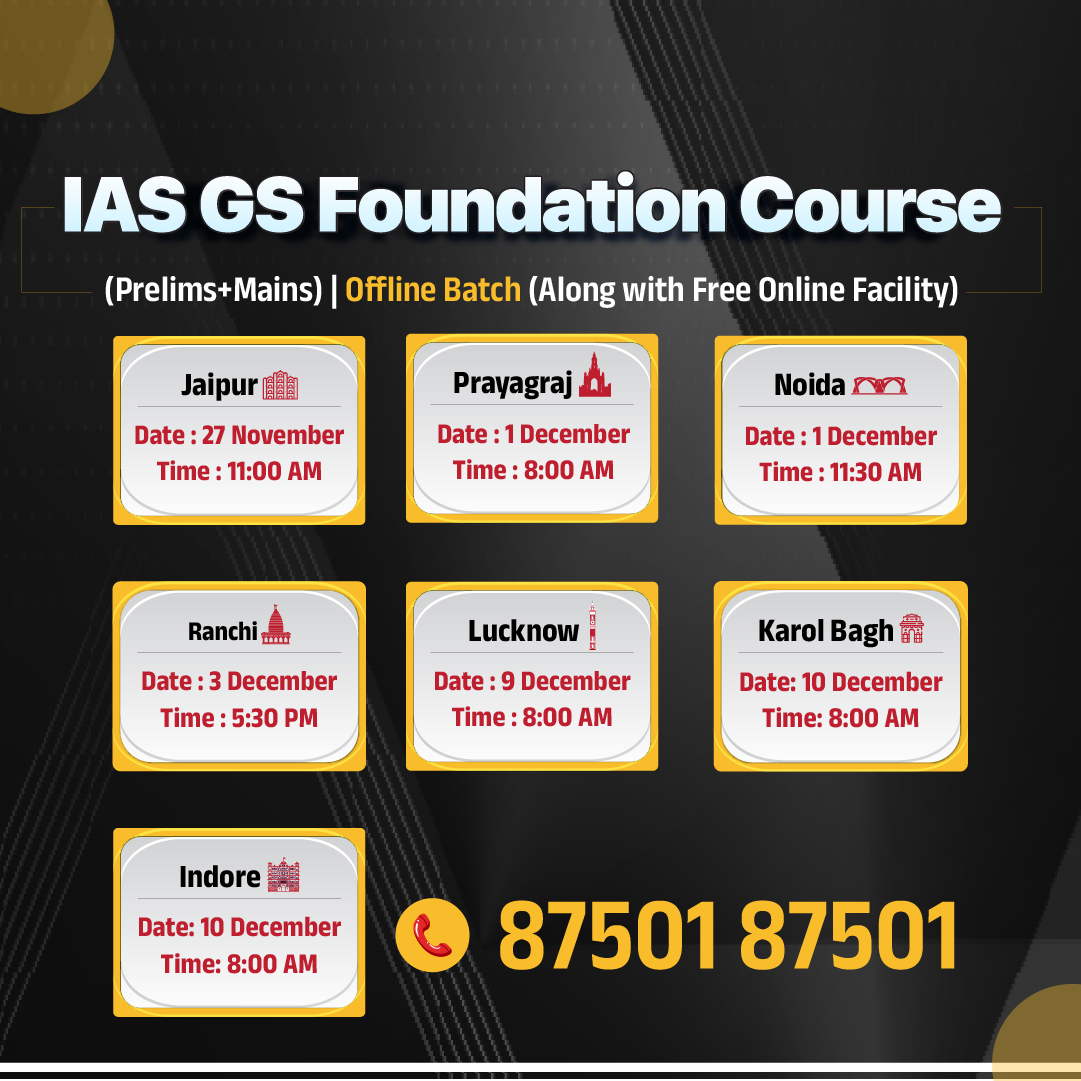

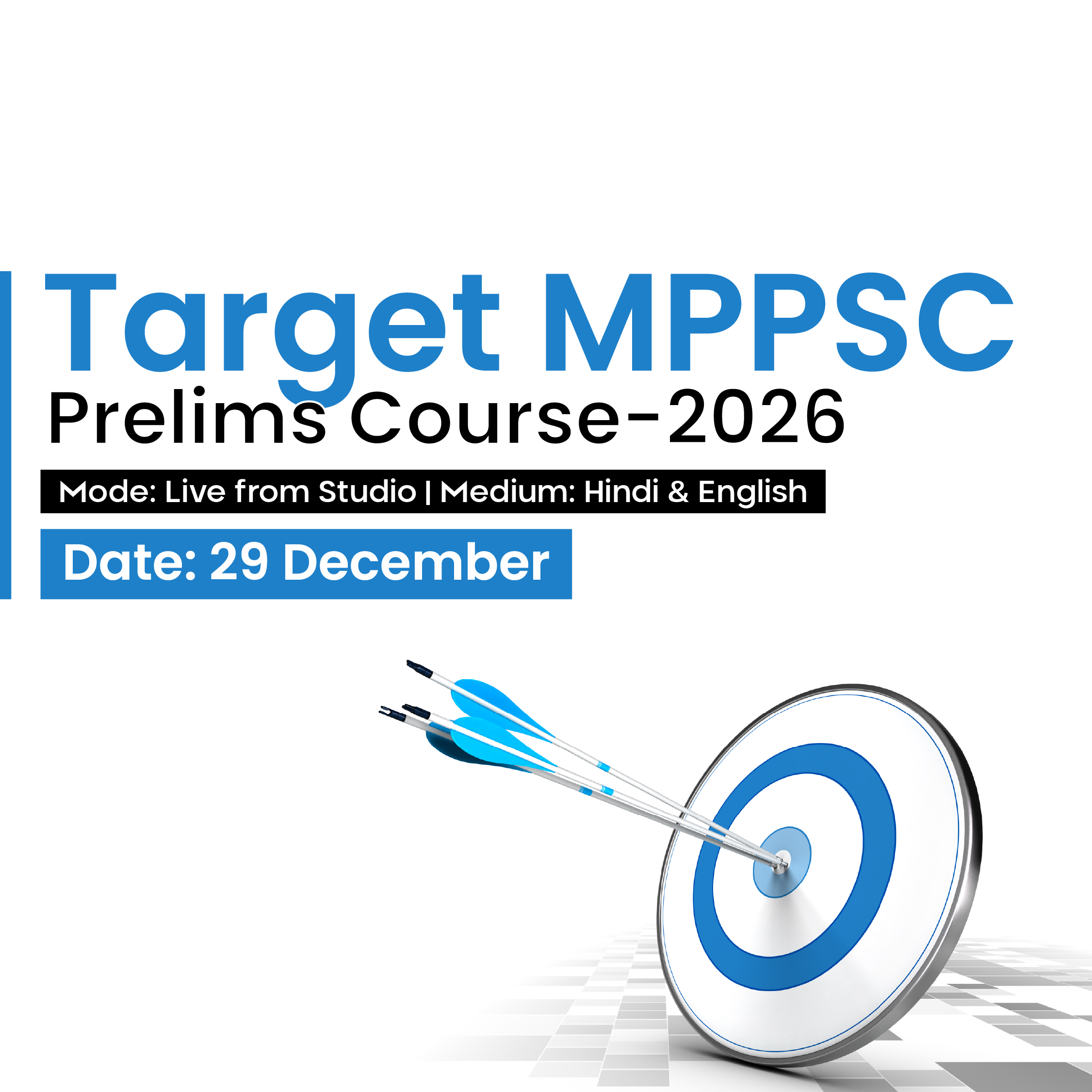

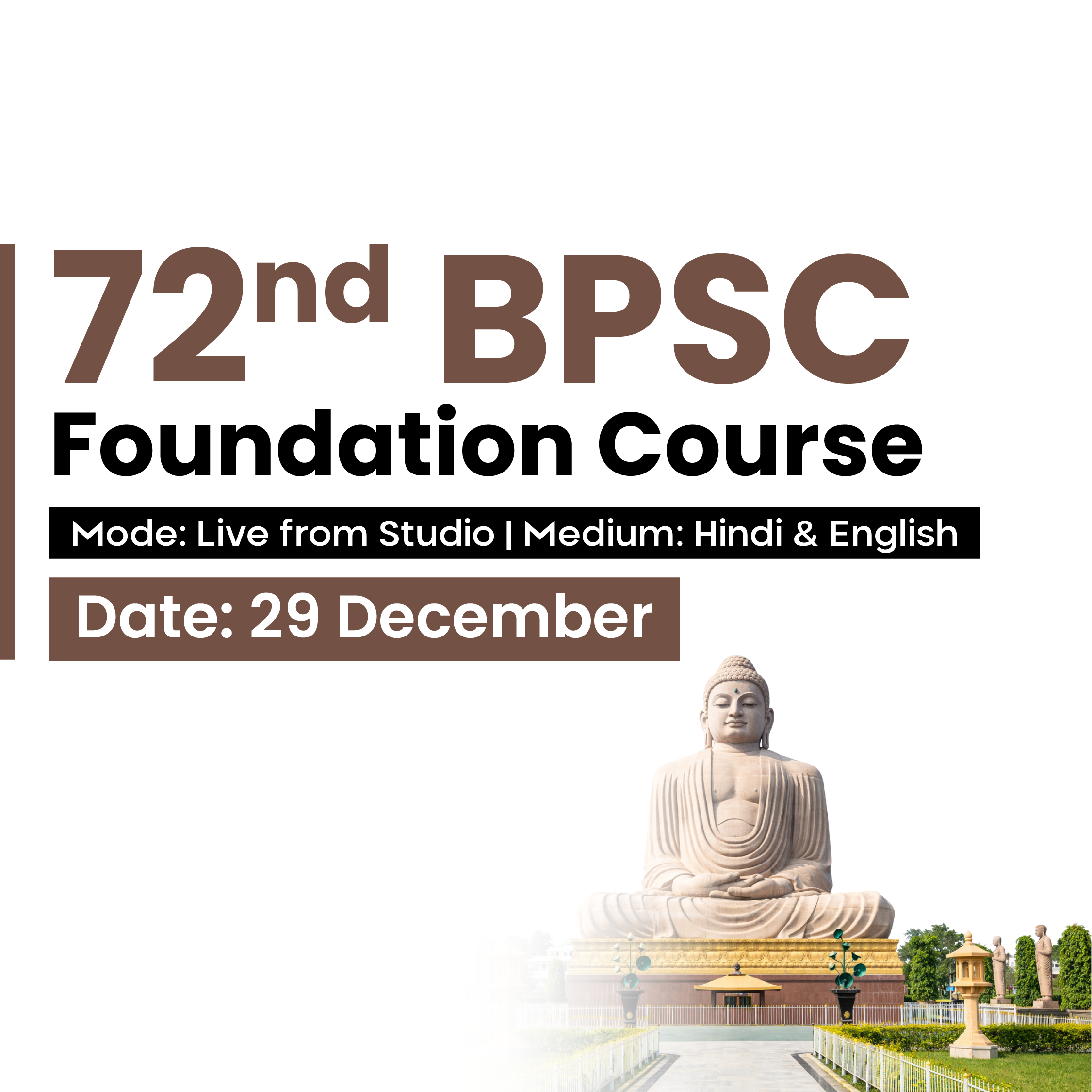

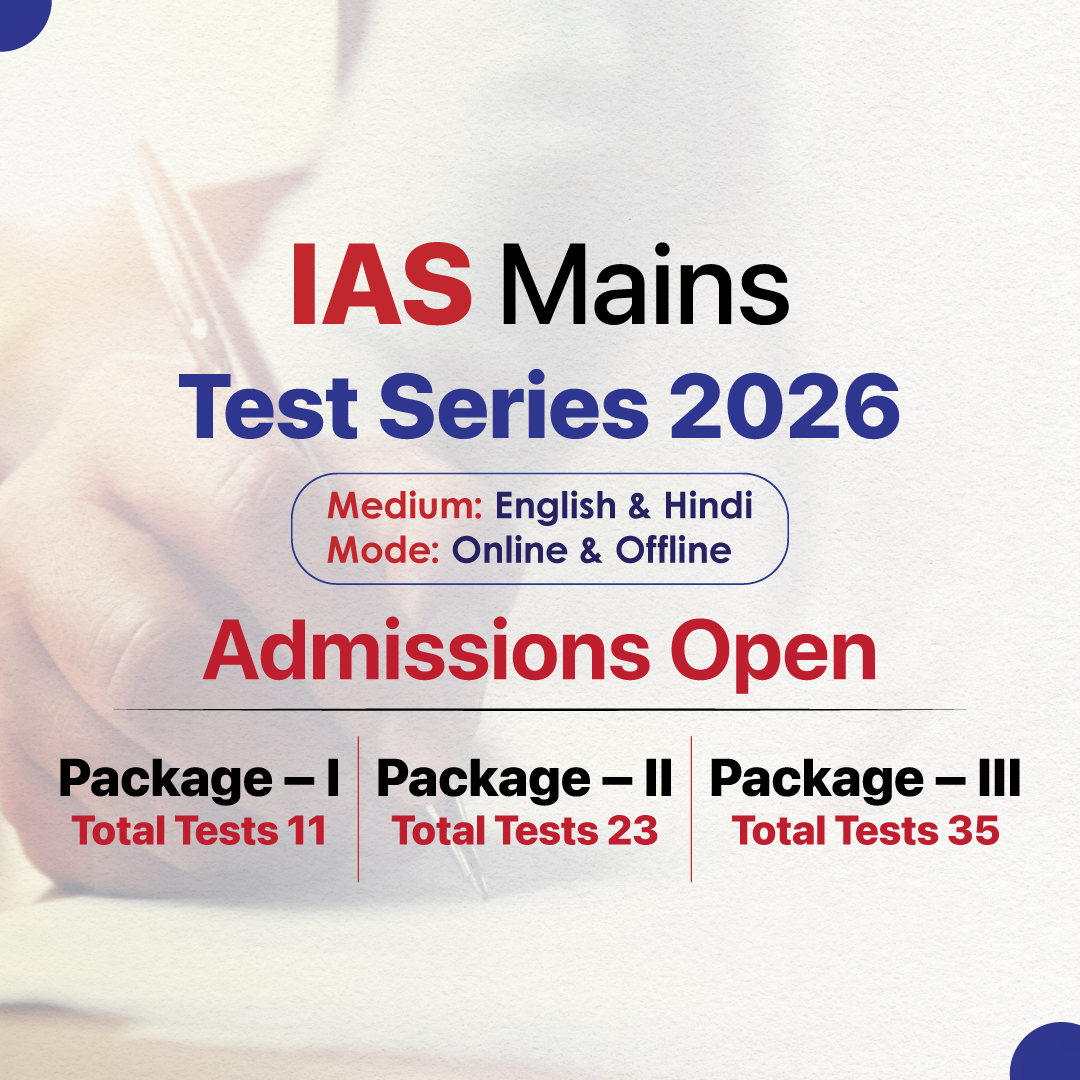

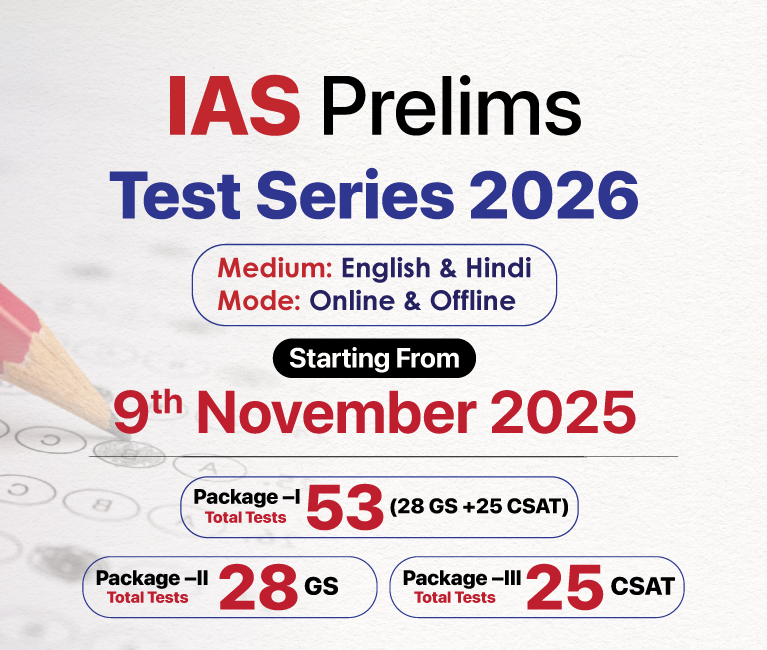

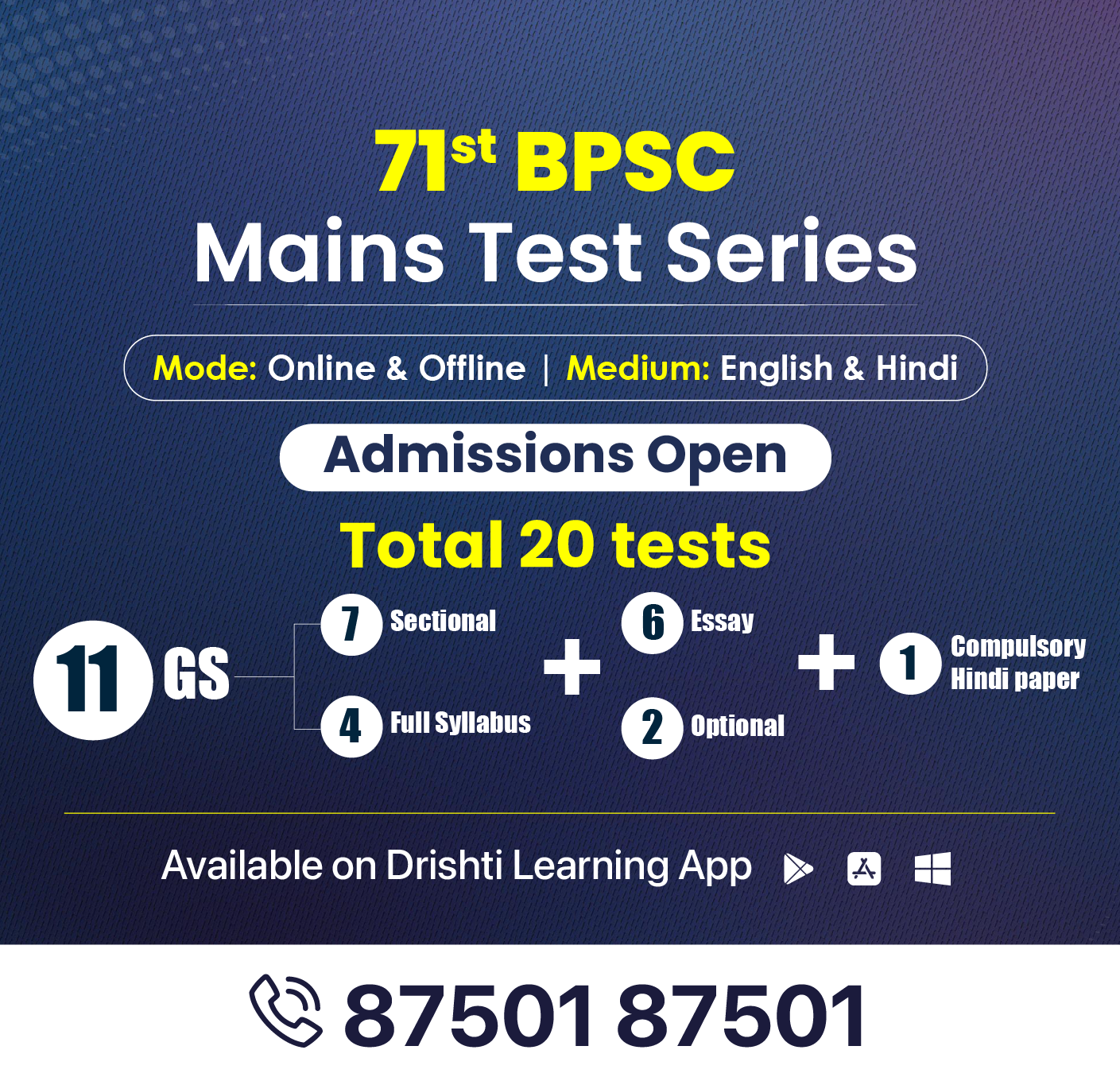
.png)
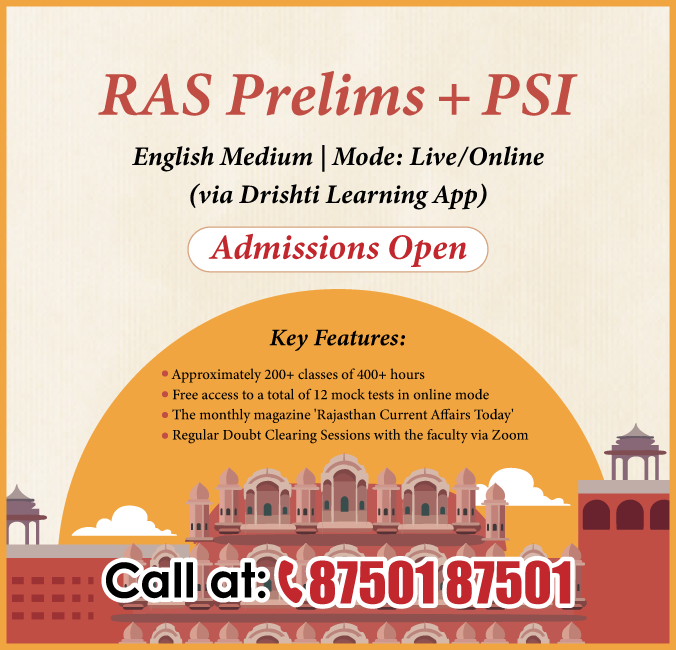

.jpg)

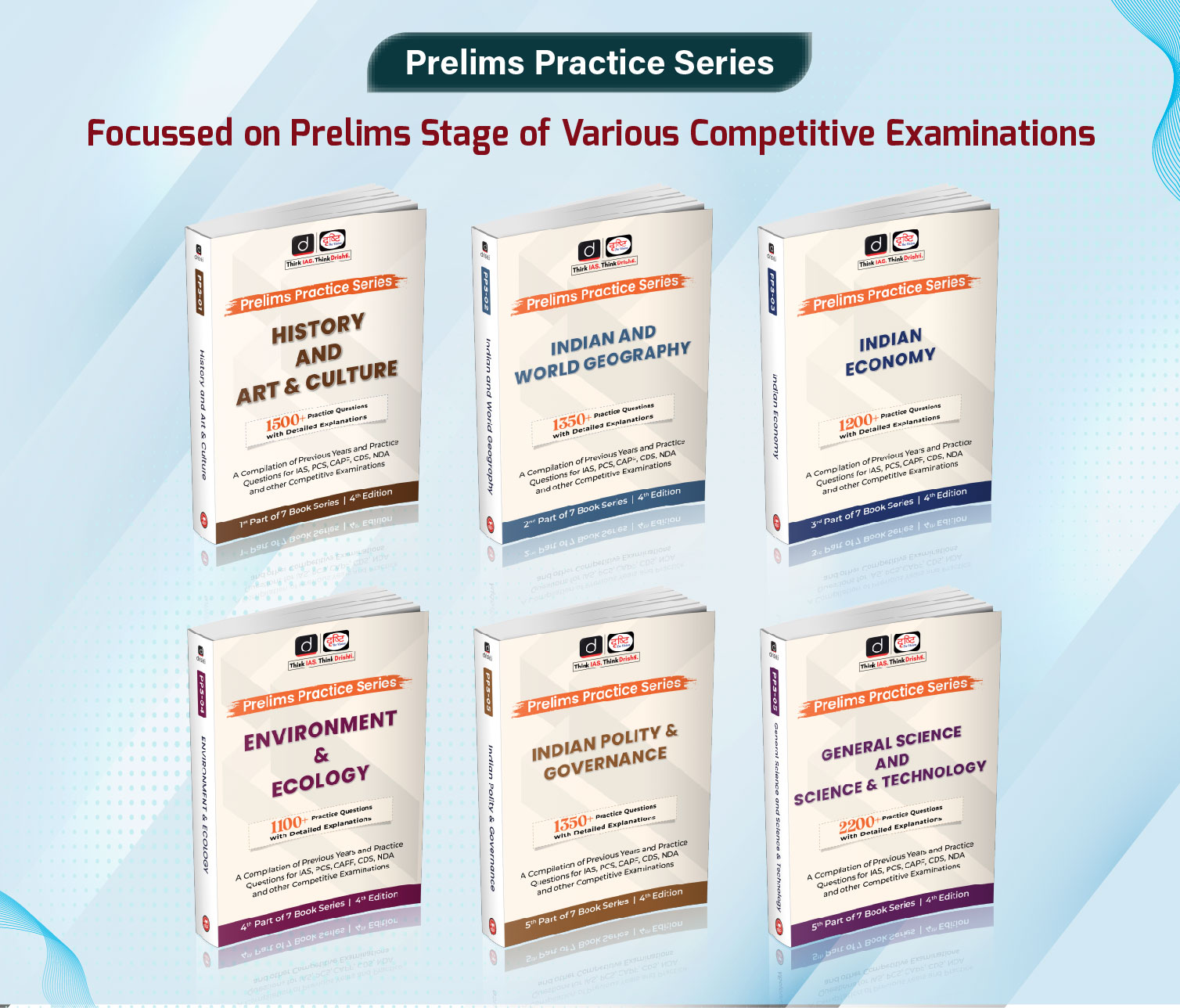

 PCS Parikshan
PCS Parikshan